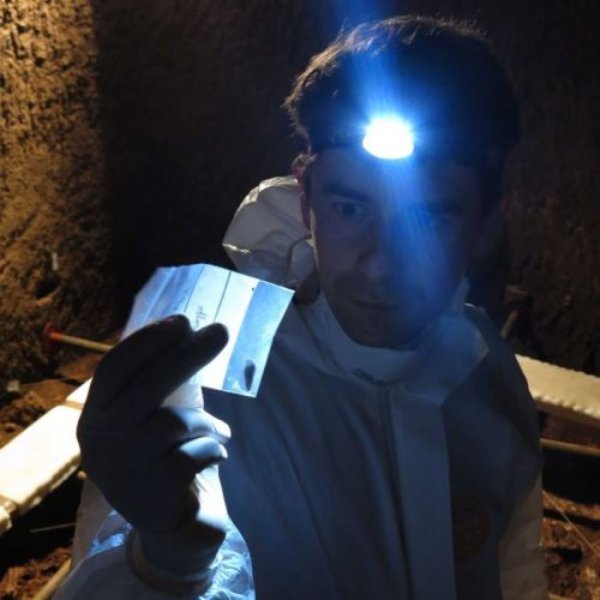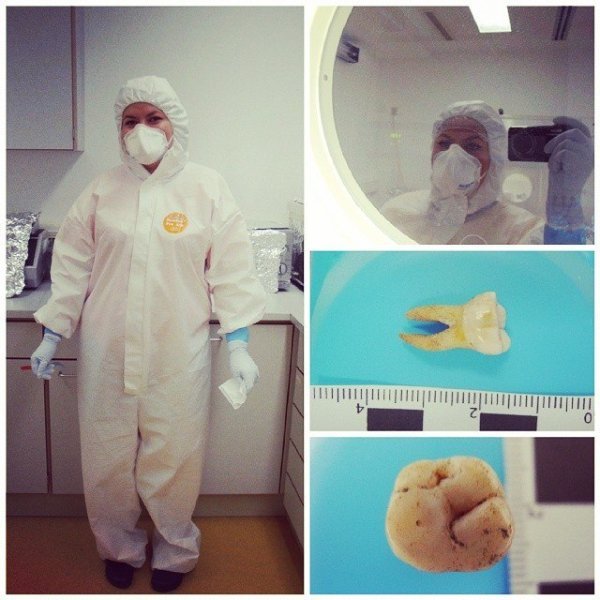Joint research held in Bolgar under Vozrozhdenie Fund program involves KFU lab for paleoanthropology and paleogenetics together with Johaness Krause, a German biochemist (H-index 29) with a research focus on historical infectious diseases and human evolution. Since 2010, he is professor of archaeology and paleogenetics at the University of Tübingen. While in Kazan, besides taking part in a seminar, Prof. Krause also delivered 2 lectures to students of the Institute Fundamental Medicine and Biology.

As the scientist stated, during Bolgar explorations they managed to extract genome of Yersinia pestis, a bacteria that caused plague outbreak in Volga region. Plague's genome for this part of Eurasia was reconstructed, and now its DNA can be compared to the ones found in China and the ancient DNA from Europe. The main goal is to follow the disease's distribution pattern throughout Eurasia and find the epicenter.
The problem is that the pathogen has been evolving and has become resistant to antibiotics. Thus, nearly 2.5 thousand casualties are caused by the Black Death annually. The research group attempts to investigate plague's evolution, mutation and adjustment to medicine. All of that is vital for future possible occurence forecasting, hence this study plays an important role in the world's science.

Reseda Tukhbatova, senior researcher at Paleoanthropology and Paleogenetics Research Lab during her internship at the Univeristy of Tubingen.